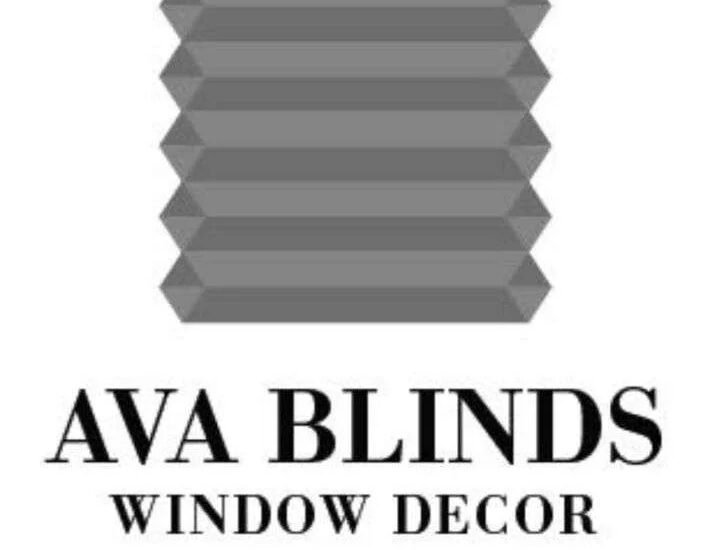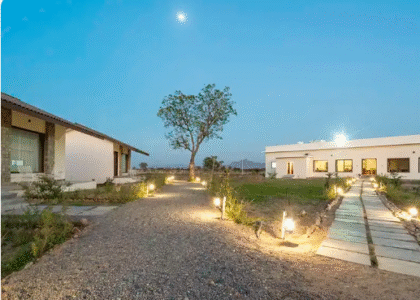Contract Fabrics: The Unsung Hero of Commercial Interiors
When you walk into a luxurious hotel lobby, a well-dressed restaurant, or a polished corporate office — you might notice the lighting, the layout, maybe the colors. But the real star of the space? It’s often contract fabrics working quietly in the background to make everything look (and perform) beautifully.
These specialized textiles do a lot more than just look good — they stand up to wear and tear, comply with strict safety standards, and bring a consistent, high-end feel to commercial interiors.
Let’s explore everything you need to know about contract fabrics — what they are, where to use them, and why they’re an essential ingredient in any professional design project.
📑 Table of Contents
-
What Are Contract Fabrics?
-
Contract Fabrics vs. Residential Fabrics
-
Key Features That Set Contract Fabrics Apart
-
Why Fire Retardancy Matters
-
Popular Applications in Commercial Interiors
-
Choosing the Right Fabric for the Right Space
-
Sustainability and Green Certifications
-
Customization Options: Color, Texture & Branding
-
How to Source High-Quality Contract Fabrics
-
Final Thoughts
-
FAQs
What Are Contract Fabrics?
In simple terms, contract fabrics are textiles specifically designed for commercial environments. That means hotels, offices, hospitals, retail spaces, schools, restaurants — you name it.
They’re engineered to meet strict performance standards for:
-
Durability
-
Fire resistance
-
Stain and moisture resistance
-
UV stability
-
Colorfastness
-
Heavy usage
So while they may look similar to the fabrics you’d use at home, contract fabrics are the industrial-grade version — tough, tested, and made to last.
Contract Fabrics vs. Residential Fabrics
It’s easy to assume all fabric is created equal — but in the commercial world, quality demands are much higher.
| Feature | Contract Fabrics | Residential Fabrics |
|---|---|---|
| Durability | High traffic, long wear | Light to moderate use |
| Flame Retardant | Yes, required by law | Not usually required |
| Abrasion Resistance | 30,000+ double rubs (Wyzenbeek) | ~15,000 double rubs |
| Maintenance | Easy to clean, stain-resistant | Varies widely |
| Cost | Slightly higher | Generally lower |
| Design Focus | Performance + design | Primarily design |
If you’re furnishing a commercial space, residential-grade fabric simply won’t cut it — you’ll need contract-level performance.
Key Features That Set Contract Fabrics Apart
Contract fabrics aren’t just built tough. They’re engineered with smart features that address the real-world challenges of commercial environments.
🔥 Flame Retardant (FR)
Required by fire codes in most countries. Fabrics must meet standards like:
-
BS 5867 (UK)
-
NFPA 701 (USA)
-
IMO (marine settings)
💪 Abrasion Resistance
Measured in “double rubs.” Contract fabrics start at 30,000 double rubs or more — enough to handle constant use without fraying or tearing.
💦 Stain & Moisture Resistance
Many are treated with stain-resistant coatings or are inherently moisture-repellent. Perfect for healthcare and hospitality.
🌞 UV Resistance
For sun-drenched spaces, UV-stable fabrics prevent fading and breakdown — essential for curtain fabrics in bright atriums or window-side lounges.
Why Fire Retardancy Matters
In any commercial space, fire safety is non-negotiable. That’s why contract fabrics must meet strict flammability standards. Using non-compliant fabrics in a public setting isn’t just risky—it can be legally and financially disastrous.
Some fabrics are inherently flame retardant (IFR), meaning the fire protection is built into the fiber. Others are treated to meet standards. Always check the certifications and ask for test reports if you’re sourcing for a public venue.
Popular Applications in Commercial Interiors
Let’s look at where these fabrics typically shine.
🛋️ Upholstery
From office chairs to hotel lounges, upholstery fabrics take the most abuse. Contract-grade textiles maintain their appearance for years without sagging or pilling.
🪟 Curtains & Drapery
In large hospitality spaces or event venues, curtains need to drape beautifully but also meet fire codes and last through regular cleaning.
🪑 Seating Areas
Think waiting rooms, cafés, airport lounges — places where high turnover and spills are common. Contract fabrics are built to handle it all.
🏥 Healthcare Spaces
Hospitals and clinics need fabrics that are antimicrobial, wipeable, and can withstand harsh cleaning agents.
🏨 Hotels & Hospitality
From guest rooms to banquet halls, contract fabrics deliver luxury-level design with industrial-grade durability.
Choosing the Right Fabric for the Right Space
Not all contract fabrics are created equal. The best choice depends on the room’s function, traffic levels, and design goals.
| Space | Best Fabric Features |
|---|---|
| Reception Areas | Fade-resistant, stain-repellent, branded colors |
| Restaurants | Easy-to-clean, water-resistant, stylish prints |
| Hospital Rooms | Antibacterial, bleach-cleanable, soft to the touch |
| Hotel Suites | Luxurious feel, flame retardant, durable upholstery |
| Meeting Rooms | Acoustic properties, rich textures, corporate tones |
Always ask for swatches, performance specs, and test results before purchasing.
Sustainability and Green Certifications
Eco-conscious design is more than a trend—it’s a requirement in many commercial projects today. Thankfully, many contract fabrics now meet global sustainability standards.
Look for fabrics that are:
-
Oeko-Tex® certified
-
Cradle to Cradle™
-
Greenguard Gold
-
Made from recycled PET or natural fibers
-
Low VOC emissions
Sustainable fabrics can also earn you points in LEED, WELL, or BREEAM building certifications.
Customization Options: Color, Texture & Branding
Today’s contract fabrics go way beyond “hospital beige.”
You can get:
-
Custom dyed colors to match your brand
-
Textured weaves and faux leathers
-
Digital prints with your logo, artwork, or patterns
-
Acoustic panel fabrics in stylish finishes
-
Matching curtain and upholstery collections for a seamless look
Whether you’re working with a designer or sourcing directly from mills, bespoke options are widely available.
How to Source High-Quality Contract Fabrics
When sourcing for a commercial project, it’s not just about the color and price tag.
Here’s what to check:
-
Performance specs: Look for rub counts, flame retardancy, stain resistance
-
Certifications: Ensure it meets local fire and safety standards
-
Lead times: Custom orders can take 4–6 weeks
-
Minimum order quantities (MOQs): Especially for printed or dyed fabrics
-
Vendor support: Samples, technical data, warranty, and installation advice
Trusted fabric brands like Kvadrat, Camira, Maharam, Panaz, and Sunbrella Contract are industry leaders for a reason—they offer quality, compliance, and wide variety.
Final Thoughts
Contract fabrics are the workhorses of commercial design. They combine beauty, durability, and safety to help you create interiors that are not just visually stunning, but also practical and compliant.
Whether you’re designing a hotel, a corporate headquarters, a hospital, or a retail space, investing in the right fabric can elevate your design while avoiding costly replacements or legal issues down the road.
So next time you’re choosing textiles for a commercial project, don’t just think color—think contract-grade performance.
FAQs
1. What’s the difference between contract and domestic fabric?
Contract fabric is made for high-traffic commercial use, with enhanced durability, fire safety, and performance standards compared to regular home-use fabrics.
2. Can contract fabrics be used at home?
Yes! If you want ultra-durable, easy-to-clean, or flame-resistant textiles at home, contract fabrics can be a great choice — especially for busy family spaces.
3. How do I clean contract fabrics?
Most are designed for easy cleaning with mild soap and water or commercial-grade cleaners. Always check the care label or technical sheet for instructions.
4. Are all contract fabrics fireproof?
They’re not “fireproof,” but they are flame-retardant to meet strict safety standards. Always confirm the certification level needed for your space.
5. Can I order custom colors or prints?
Absolutely. Many manufacturers offer custom dyeing, printing, or embossing services for brand alignment or unique aesthetics.
Sponsor:
Page flipping software: A cost-effective marketing tool!






